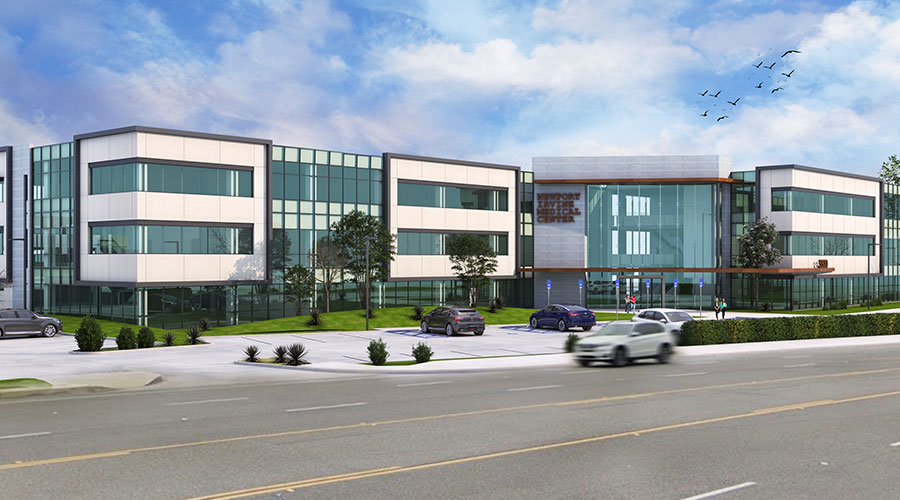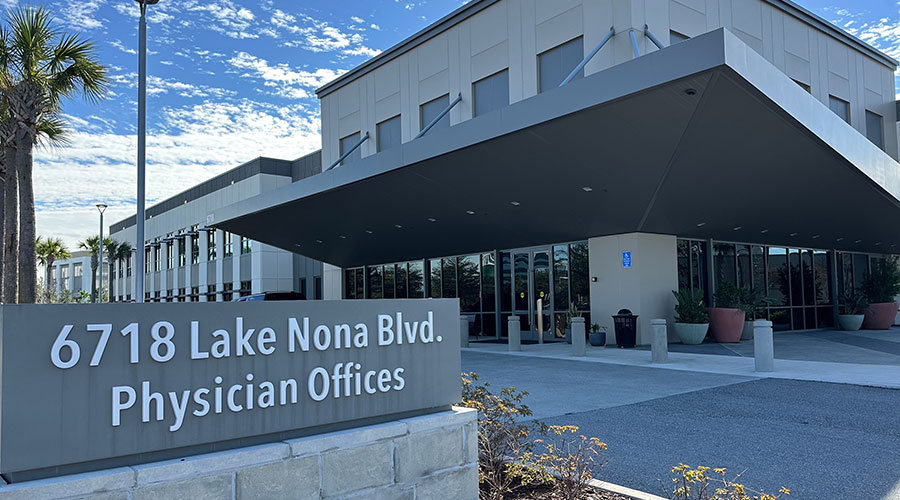A revolution in the construction and maintenance of buildings of the future is not being adequately reflected in traditional Return on Investment (ROI) business cases, and according to a new report by global engineering and infrastructure advisory company Aurecon, this is blocking important forward looking design innovations and significantly damaging the future value of major building investments.
The short term focus on start-up and construction costs is denying investors and building owners access to the design innovations that are increasingly key to the construction of digitally smart, ‘intelligent’ buildings which are able to use technology to dramatically improve operational efficiencies, employee productivity and reduce maintenance costs.
In a recent white paper released by Aurecon, titled ‘Buildings of the Future: bottom-line benefits’, a new narrative around the ROI of intelligent buildings is explored to demonstrate the crippling effect that a short-term focus on start-up and construction costs often has on design innovation.
According to Aurecon, the property and construction industry is evolving dramatically as digital disruption, changed building practices and the need to respond to climate change and reduce energy consumption impact the sector. Yet many building owners and investors are locked into relying on more traditional ROI metrics, designing for the short term while ignoring the importance of designing buildings for the longer term.
The company has called for a new ROI model which accounts for financial as well as non-financial benefits such as improving employee productivity and wellbeing, while maintain design flexibility to plan for a rapidly changing future.
Aurecon’s experience highlights that while Buildings of the Future have marginally higher start-up costs (2-6% more expensive than traditional buildings) in the short term, they can deliver significant savings, with a good ROI being achieved quickly (six months to two years) if focus is given to heating, ventilation, air conditioning (HVAC), lighting and some types of electrical loads, with a reduction in operating costs against traditional buildings of between 10-50%.
Their experience also points out reductions in maintenance costs of between 8-12%, the increases in employee productivity of 10%, and the ability of landlords to charge 5% more for premium property rentals of these innovative new buildings.
“To provide a more accurate ROI analysis on Buildings of the Future, a three-dimensional approach is needed – one which presents the elements of design as interconnected pieces of a living and dynamic puzzle,” explains James Bennett, Aurecon’s Managing Director - Built Environment.
“Buildings of the Future must be designed to meet future expectations, while avoiding wasted space, inefficient designs and inflexible storeys. The paper explores why and how our thinking around ROI needs to evolve in line with this,” comments Peter Greaves, Aurecon’s Buildings of the Future Leader.
Long-term thinking
Aurecon calls for a ROI model that reflects the importance of designing buildings for the long term and looks at both the financial and non-financial benefits of intelligent buildings, such as improving employee productivity and wellbeing, while maintaining design flexibility to plan for a rapidly changing future.
Long-term thinking can help companies avoid potential disruption. The importance of designing for the longer term and for changing space requirements was never better illustrated than when well known architect Norman Foster admitted that he had got it wrong with Apple’s Campus 2 and its massive underground carpark for 11 000 cars by not allowing for retrofitting into habitable spaces as garages become less important and transportation patterns evolved.
Legislation can also present significant disruption for those who don’t invest in the right tools and methodologies from the outset. For example, the European Commission is currently proposing a voluntary scheme for rating the ‘smart readiness’ of buildings. The scheme, which is expected to be adopted by the end of 2019, will include the development of a
Smart Readiness Indicator (SRI), which will measure a building’s capacity to use ICT and electronic systems to optimise operation and interact with the grid.
The changing nature of construction
“The changing nature of construction design and materials also plays an increasingly significant role in ROI. We are seeing an evolution in construction and maintenance with prefabricated construction, automated technology such as robotics to install it and additive printing, which drives down short -and long-term costs,” says Bennett. The ROI on a 3D printed building, for instance, is almost immediate, with its parts integrated into a digital model of the building that makes maintenance very easy. Beyond construction and maintenance, these embedded digital parts also capture and monitor consumption and usage to optimise building performance over the long term.
A holistic approach
According to Aurecon, based on these non-financial factors, Buildings of the Future demand a more robust evaluation of their ROI.
Intelligent buildings are the quintessence of future-ready architecture, but their true value lies in innovation and a shared vision, which necessitates moving away from old, one-dimensional models of measuring ROI, to synergetic models that encourage and thrive on collaboration throughout the entire lifecycle, starting at the design stage.
“For Buildings of the Future, idealistic future-focused models are necessary to measure value. Instead of spending too much time trying to demonstrate the financial ROI of intelligent buildings”, Greaves says, “We should rather be asking, what will the cost be of not innovating?”
Read ‘Buildings of the Future: bottom-line benefits’ here or download it here.

 States Move Forward to Better Protect Senior Citizens
States Move Forward to Better Protect Senior Citizens Archer and REDA to Transform Newport Beach Building into Outpatient Center
Archer and REDA to Transform Newport Beach Building into Outpatient Center Sunflower Medical Group Facing Lawsuit Following January Data Breach
Sunflower Medical Group Facing Lawsuit Following January Data Breach Nemours Children's Health Opens New Location in Lake Nona
Nemours Children's Health Opens New Location in Lake Nona Enhancing Safety at Hennepin Healthcare with a Screening System
Enhancing Safety at Hennepin Healthcare with a Screening System